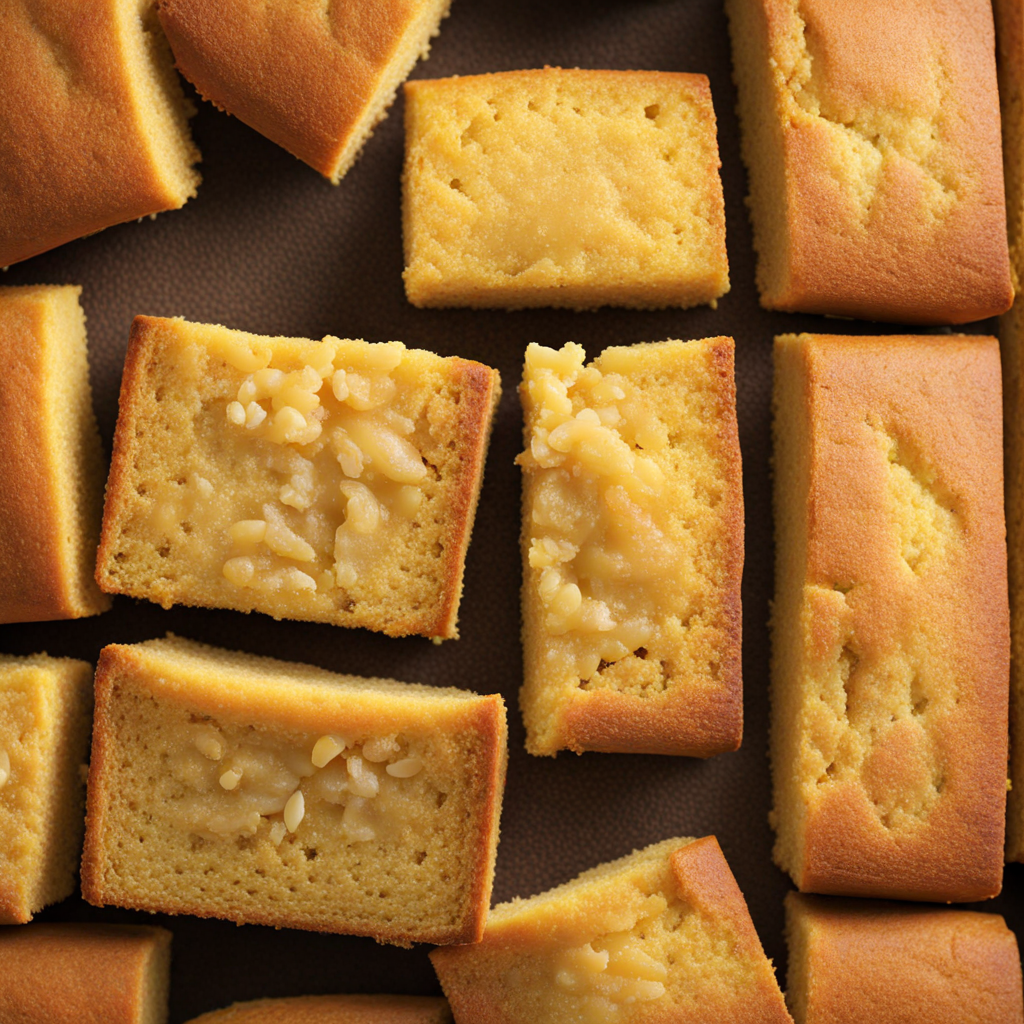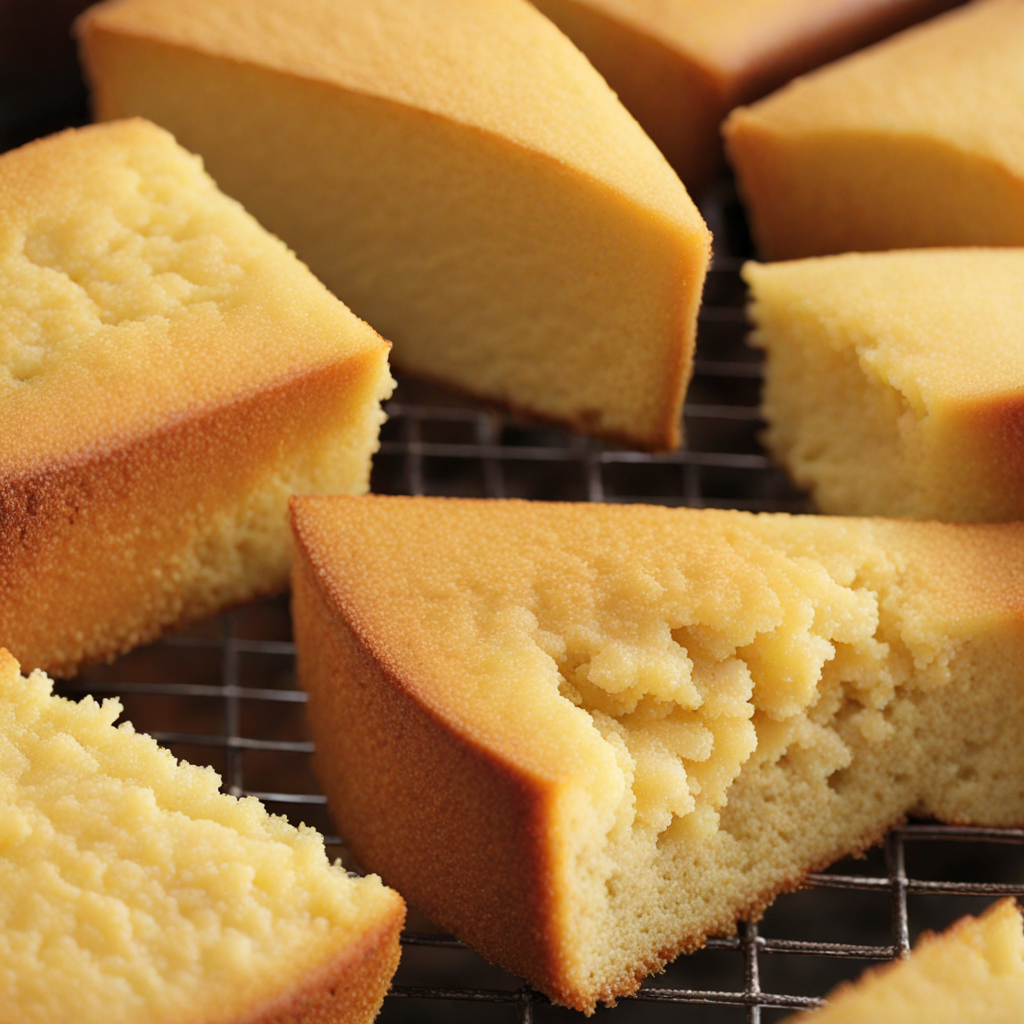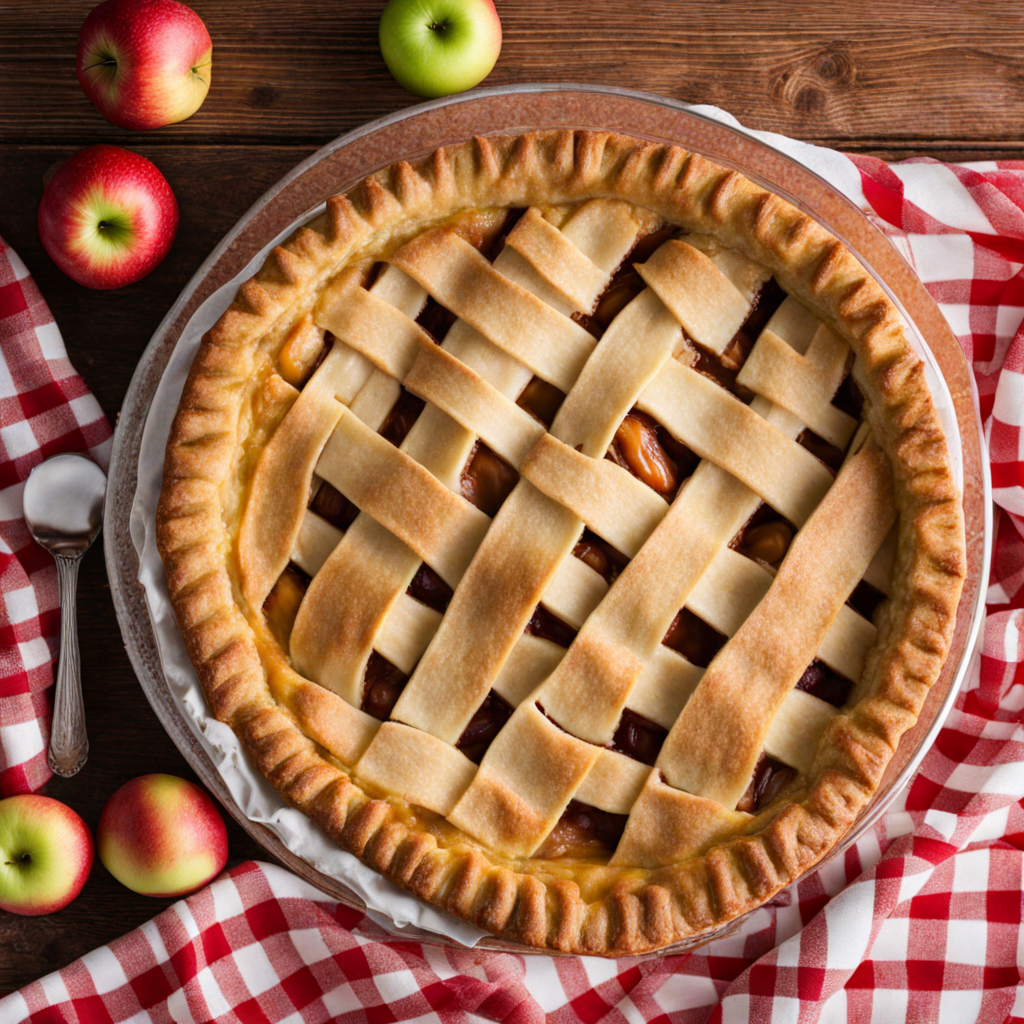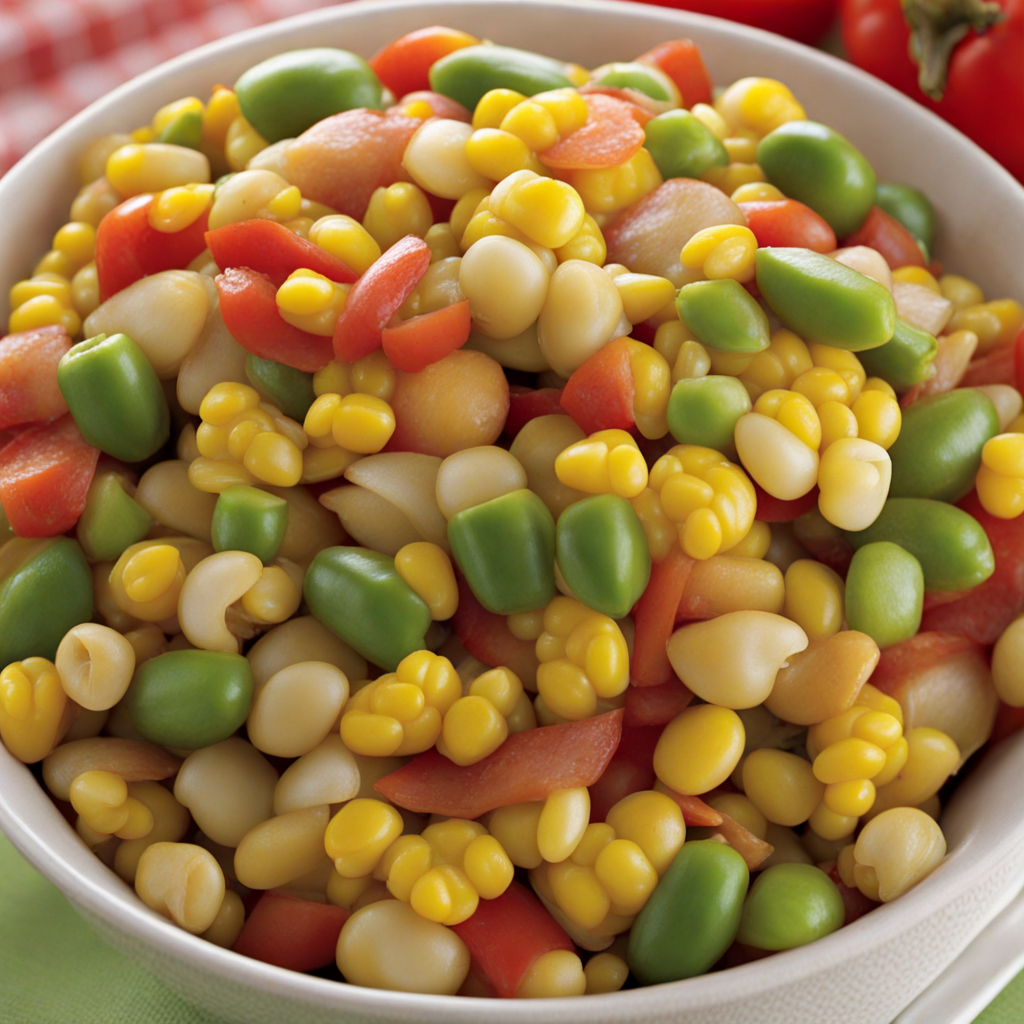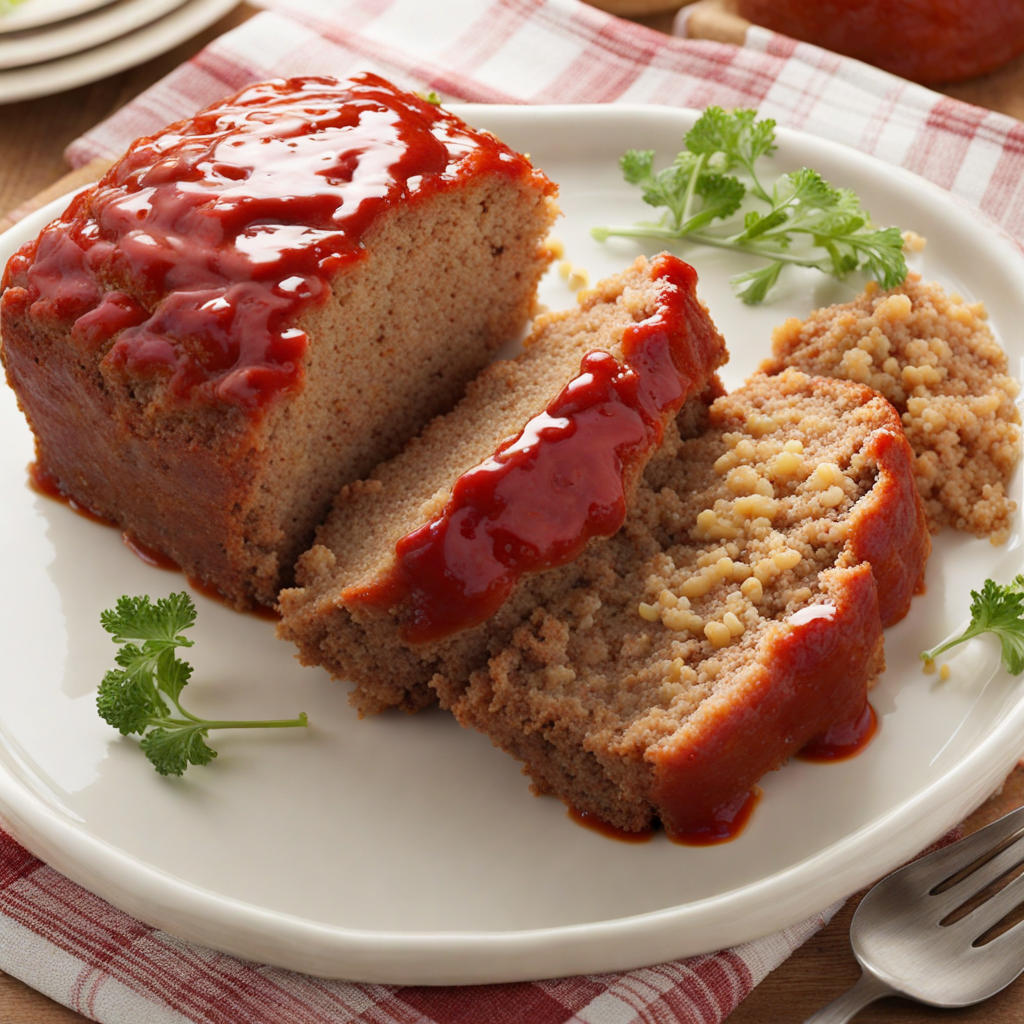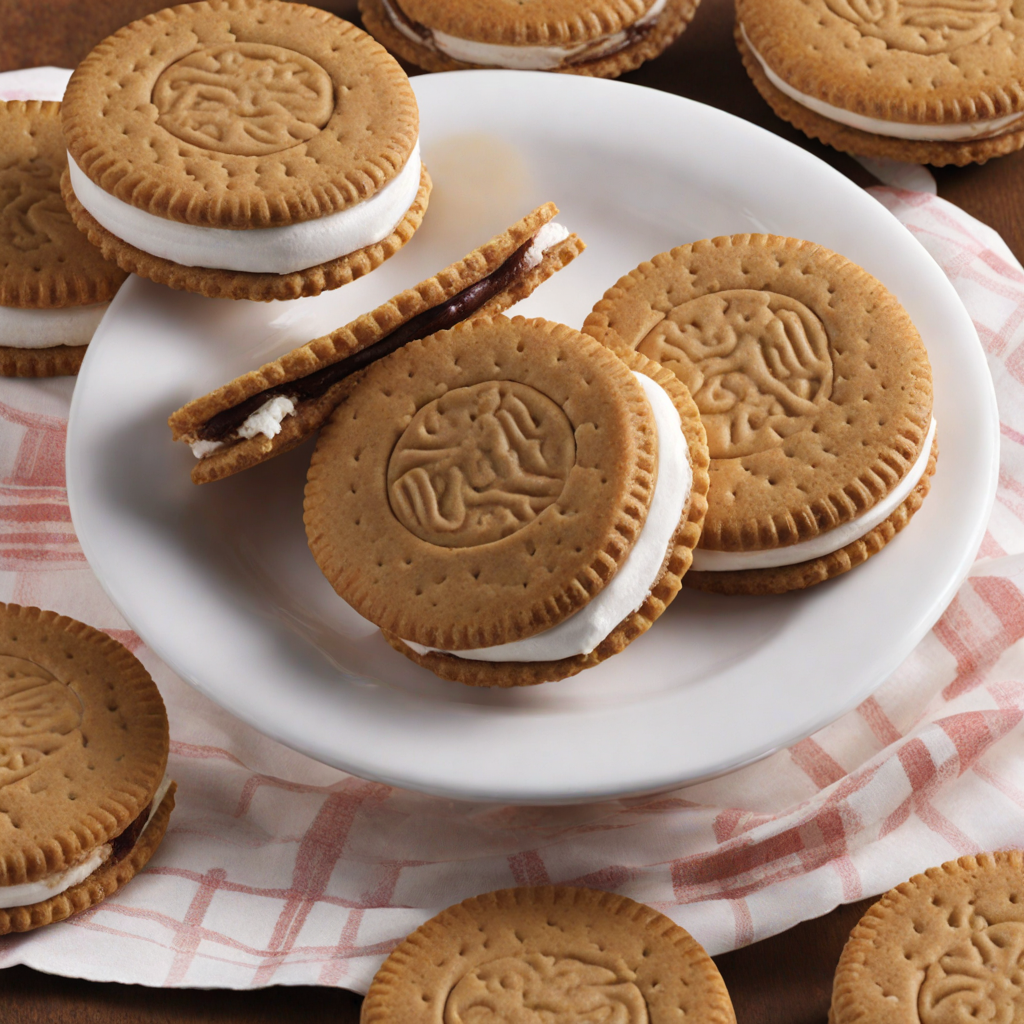Cornbread
Cornbread is a delightful staple in Southern and Southwestern American cuisine, known for its distinctive texture and slightly sweet flavor. Made primarily from cornmeal, this versatile bread has a golden crust with a crumbly, moist interior. The process of making cornbread is straightforward, usually involving simple ingredients such as cornmeal, flour, baking powder, milk, eggs, and butter. The result is a comforting dish that can be enjoyed warm, often slathered with butter or honey, enhancing its natural sweetness. This dish can be found in various forms, from dense and cake-like to light and fluffy, depending on the recipe and regional variations. Some versions incorporate ingredients like jalapeños, cheese, or even creamed corn, adding a savory twist to the traditional flavor profile. Cornbread is often served as a side dish accompanying hearty meals, such as chili, barbecue, or fried chicken, complementing the robust flavors of these dishes while adding a pleasant contrast. The aroma of freshly baked cornbread wafting through the kitchen is truly inviting, making it a favorite for gatherings and family meals. Its potential for customization allows cooks to experiment with different spices and add-ins, making each batch unique. Whether enjoyed on its own, crumbled over soups, or used to soak up delicious gravies, cornbread holds a special place in American culinary traditions, inviting food lovers to explore its rich texture and flavor.
How It Became This Dish
The History of Cornbread in the United States Cornbread is more than just a simple, golden-hued dish; it is a symbol of cultural heritage, resilience, and adaptability in the culinary tapestry of the United States. This versatile bread has roots that stretch deep into the history of the Americas, reflecting the fusion of indigenous practices and European influences that shaped the nation’s culinary landscape. #### Origins: Native American Influence The story of cornbread begins long before the arrival of European settlers. Indigenous peoples of the Americas were the first to cultivate maize, or corn, which became a staple food in many Native American diets. For thousands of years, they developed various methods of processing corn, including grinding it into meal, which was then used to make porridge, cakes, and breads. One of the earliest forms of cornbread can be traced back to the Native American practice of making a simple flatbread called "tortilla de maíz." This bread was made from ground corn mixed with water and cooked on hot stones or griddles. The introduction of corn to European settlers in the 16th century marked the beginning of a culinary transformation that would spread throughout the continent. #### European Colonization and Adaptation When European colonists arrived in North America, they encountered maize, which was vastly different from the grains they were accustomed to using, such as wheat and barley. The settlers quickly adopted corn as a staple food, especially in regions where wheat was less viable due to climate and soil conditions. The first recorded recipes for cornbread appeared in 17th-century colonial cookbooks. Early settlers combined cornmeal with ingredients they had on hand, such as buttermilk, eggs, and lard, creating a quick bread that could be baked in a variety of ways. The use of baking stones, Dutch ovens, and cast-iron skillets became popular methods for cooking cornbread, showcasing its adaptability to available cooking technologies. #### Regional Variations and Cultural Significance As cornbread evolved, regional variations emerged, reflecting local ingredients and cultural influences. In the Southern United States, cornbread became a staple food, particularly among enslaved Africans who brought their culinary traditions into the mix. They often added ingredients such as buttermilk and eggs to enrich the texture and flavor, creating the moist, fluffy cornbread that is beloved today. In the South, cornbread was often served alongside meals of greens, beans, and meats, embodying the principles of communal eating and resourcefulness. It became a symbol of sustenance during hard times, particularly during the Great Depression when food scarcity heightened the importance of economical and filling dishes. The cultural significance of cornbread extends beyond just nourishment; it is woven into the fabric of Southern and African American identity. Recipes were passed down through generations, often as oral traditions, and cornbread became a staple at family gatherings, church functions, and celebrations. It is often viewed as a comfort food, evoking memories of home-cooked meals and familial bonds. #### The 19th Century: Cornbread in American Literature and Culture By the 19th century, cornbread had cemented its place in American cuisine and culture. Writers and poets began to reference cornbread in their works, painting it as a symbol of humble, rustic life. It appeared in literary works that celebrated the American frontier and the simple pleasures of rural living. Cookbooks from this era showcased various cornbread recipes, highlighting the versatility of the dish. Cornbread could be sweet or savory, baked, fried, or steamed. Its adaptability made it a canvas for different culinary expressions, fitting into the dietary habits of diverse populations across the nation. #### The 20th Century: Industrialization and Commercialization As the United States entered the 20th century, the industrialization of food production began to change the way cornbread was made and consumed. The availability of pre-packaged cornbread mixes made the dish more accessible, particularly for those living in urban areas. This commercialization brought cornbread into the homes of people who may not have had the time or resources to make it from scratch. However, this shift also sparked a renewed interest in traditional cooking methods and recipes. The mid-20th century saw a revival of interest in Southern cuisine, led by figures such as Edna Lewis and Scott Peacock. They championed the idea of "slow food," emphasizing the importance of fresh, locally sourced ingredients and traditional cooking techniques. This movement helped to restore cornbread’s cultural significance, connecting it back to its roots. #### Contemporary Cornbread: A Culinary Renaissance Today, cornbread continues to thrive in modern American cuisine. It has adapted to contemporary tastes and dietary preferences, with gluten-free and vegan versions becoming increasingly popular. Chefs and home cooks alike experiment with new ingredients, incorporating flavors from different cultures, such as jalapeños, cheese, or even sweet additions like honey and fruit. Cornbread is celebrated in various culinary festivals and events, often serving as a centerpiece in Southern cuisine. It is commonly featured in soul food restaurants and farm-to-table establishments, showcasing its versatility and enduring appeal. Additionally, cornbread remains a common dish during holidays and family gatherings, symbolizing warmth, togetherness, and the comfort of home. #### Conclusion: A Bread for All Seasons The history of cornbread in the United States is a reflection of the country’s diverse cultural heritage and culinary evolution. From its humble beginnings with Native Americans to its status as a beloved comfort food, cornbread encapsulates the spirit of resilience and adaptability that characterizes American cuisine. It serves as a testament to the blending of cultures, the importance of food in social and familial contexts, and the enduring power of tradition in an ever-changing world. As cornbread continues to evolve, it remains a cherished dish, reminding us of our shared history and the myriad ways food connects us to our roots and to one another. Whether enjoyed as a side dish or as the star of the meal, cornbread is much more than just bread; it is a slice of American history, rich with flavor and meaning.
You may like
Discover local flavors from United States


